It was something between a gasp and a shriek, and, in retrospect, an altogether fitting reaction.
My own was more a quiet appreciation of the quirky irony of it all.
You see, I found myself this morning at a charity tag sale held seasonally in a 6,000 square foot barn.
Moments after I snapped up a first edition copy of Do Re Mi by Garson Kanin (who wrote many classic Katharine Hepburn films) with illustrations by Hirschfeld, signed and inscribed by the author for only $1, I stumbled into a minor drama.
In the Christmas section of the vast space seen below, in those Sterilite boxes on the far left, the woman who had emitted those alarmed sounds explained their cause:
She’d opened the drawer marked “Santa & Elf Hats” to find a momma mouse and her litter of baby mice.
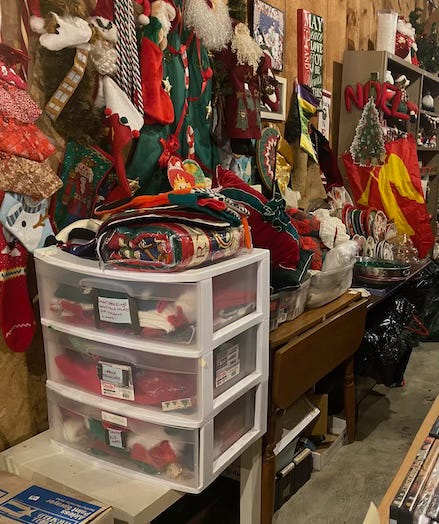
The irony, of course, if you’re following this newsletter, is that I shared last week that during my country moments this season, we’ve been setting humane traps, sometimes challenged by the mice resisting being set free.
So many of you shared stories of mice release camaraderie with me, telling similar tales of trying to be compassionate about their eviction and often having them cling to their cages.
It’s the perfect metaphor for Resistance—the theme of this month’s new meditation HERE—but this moment gave an interesting twist to it all.
The woman startled by the mouse and her husband conferred with a volunteer who went off to seek the counsel of Terry, apparently the charity matriarch in charge.
Their goal, however, was not the swift removal of the new mouse family.
Instead, it was finding a way to preserve their domestic security without panicking the flea market attendees.
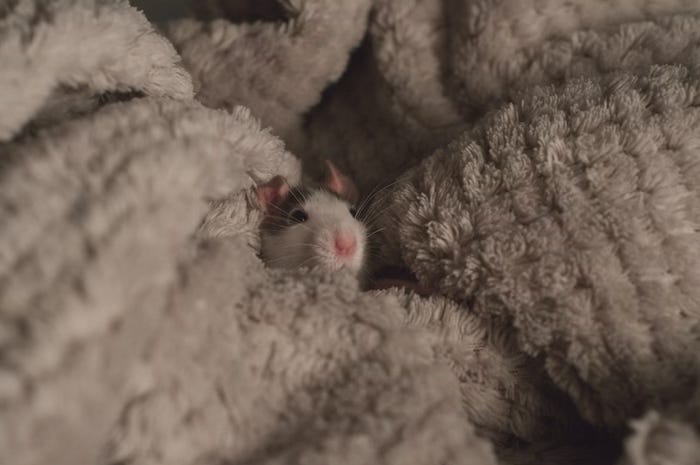
This month in the Transformation Book Club, we’re reading Steven Pressfield’s The War of Art.
In it, he presents Resistance almost exclusively as a negative force—an insidious internal enemy that thwarts our best laid plans for creative and personal growth.
The most famous quote from the book is:
“Resistance will tell you anything to keep you from doing your work.
It will perjure, fabricate; it will seduce you.
Resistance is insidious.
It will assume any form…
Resistance is always lying and always full of sh*t.”
I’m gaining so much from re-reading the book—you’re welcome to join our monthly meeting by signing up HERE—but I’ve been struck by the other roles Resistance plays besides just the self-sabotaging villain.
Pressfield never really goes into this territory, and yet I think some part of him must recognize it, especially given that the opening quote to his book is:
“The enemy is a very good teacher”
The Dalai Lama
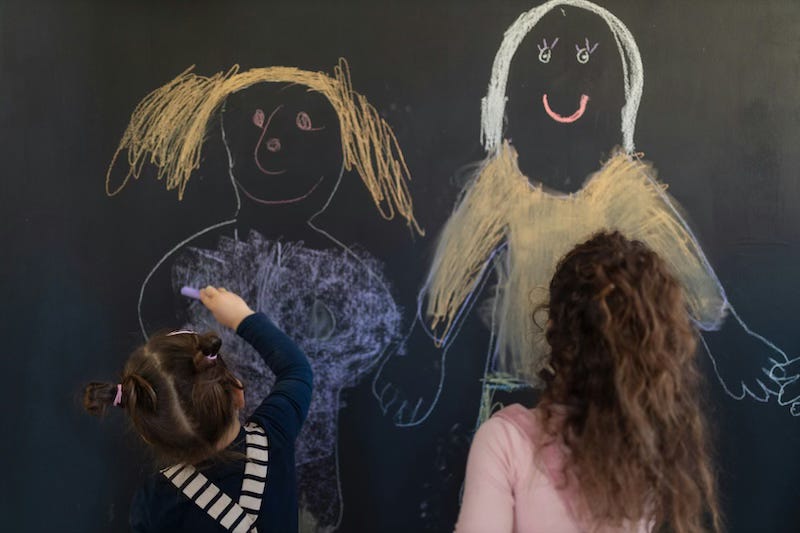
Interestingly, the most common use of the word “Resistance” in my daily life happens several times a week when I take a CoreBarreFit class.
In fitness, Resistance bands build strength, improve flexibility, and enhance mobility—all without the need for heavy equipment.
They are simple and versatile, serving both those who are injured and those who want to make their workout exponentially harder.
Resistance here is the ally, the partner, the very instrument by which the goal is achieved.
Rather than serving as “the enemy,” perhaps sometimes Resistance is surprisingly our friend.

Last Saturday, moments before I got into the lane for my pool reservation, somehow the divider became unhooked at one end.
Rather than neatly marking off our territories, it curved and wiggled with the currents, moving towards the middle of the pool.
The other swimmers and I re-hooked it easily enough, restoring order.
That floaty plastic boundary creates the perfect amount of structure—of gentle Resistance.
It allows you to focus and move the energy forward.
When one comes loose, the resistance becomes unpredictable, not just distracting but blocking your path, even entangling you.
Sometimes, we all need a straight line in order to move forward.
Riding that wave…
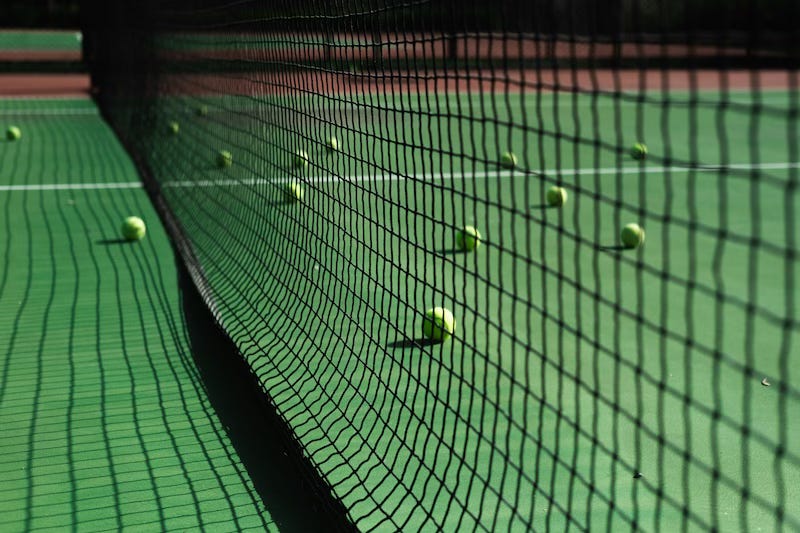
The great poet Robert Frost famously said (in several different ways) that
“Writing poetry without rhyme
is like playing tennis with the net down.”
Thus, he might not entirely approve of this free verse poem by David Whyte.
Even so, I think they’d both agree that the challenge—the being stretched—by either the rules of poetry or Life itself is what makes any endeavor worthwhile.
SWEET DARKNESS
When your eyes are tired
the world is tired also.When your vision has gone,
no part of the world can find you.Time to go into the dark
where the night has eyes
to recognize its own.There you can be sure
you are not beyond love.The dark will be your home
tonight.The night will give you a horizon
further than you can see.You must learn one thing.
The world was made to be free in.Give up all the other worlds
except the one to which you belong.Sometimes it takes darkness and the sweet
confinement of your aloneness
to learnanything or anyone
that does not bring you aliveis too small for you.
Or, as Rilke said:
“The purpose of life is to be
defeated by greater and greater things.”
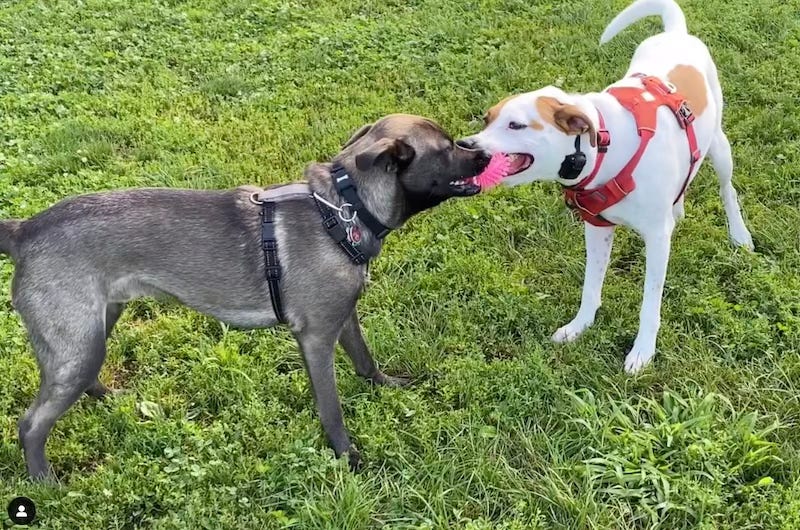
Vlad, of course, was the inspiration for much of this deeper inquiry.
(full video of the above HERE).
In a dog oracle card deck that Robbie gave me one Christmas, there’s a card for Resistance.
It depicts two pups in an intense tug of war, Resistance as Play.
Deeply instinctual and rooted in their predatory evolution, behaviors like tug of war have been shown—through the work of animal behaviorists like Marc Bekoff—to foster the equivalent of ‘moral’ development in dogs, teaching self-handicapping, fairness, and turn-taking.
Rooney & Bradshaw even found that dogs who played tug with their humans were more obedient and more bonded.
Perhaps more importantly, unlike fetch, which is more human-driven, tug of war allows dogs to feel actively engaged, to connect.
They can control the object, apply strategy, and even “win.”
When they play tug of war with each other (and especially with their human), the “opposing force” of Resistance is not an obstacle…
It’s a dance partner.
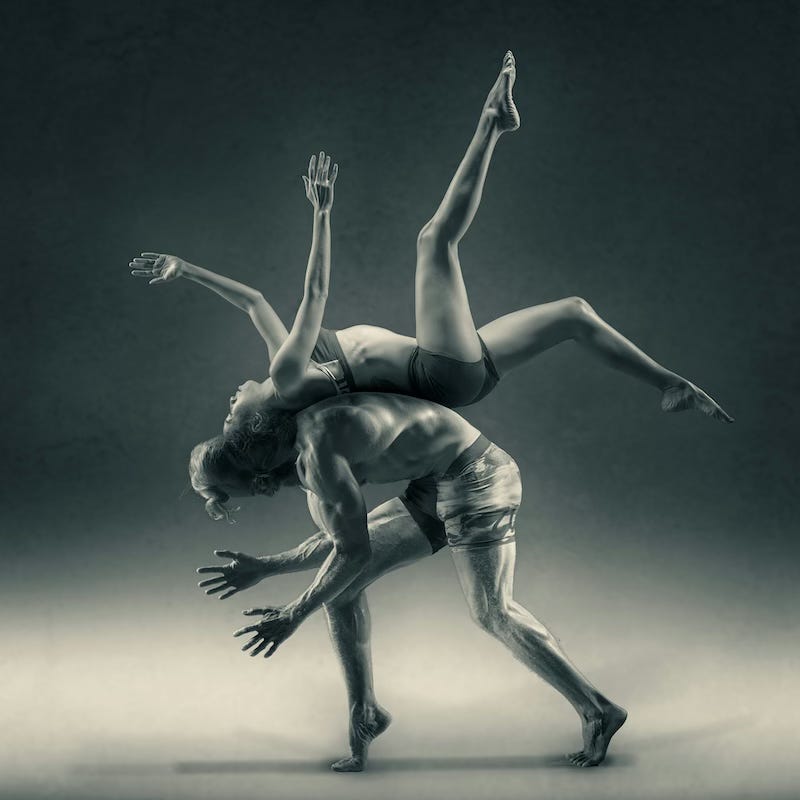
Before I forget, I have to add that I learned something this week—something I’d either forgotten or that had somehow slipped through my altar boy upbringing.
I began an intense 40 day meditation practice coincidentally with Ash Wednesday (that seemed as good a time as any to start.)
Eager to cross that finish line, as I completed day 33 last Sunday, I assumed Easter was one week away.
Checking the calendar, I realized I had miscalculated.
A little research revealed something I didn’t know: Sundays aren’t counted in Lent.
Those 40 days of Lent are really a 46-day window, with Sundays considered mini-Easters—moments to rejoice rather than fast.
I found it fascinating that interwoven in 40 symbolic days of wilderness, there are six oases of resurrection, or, if you will, breaks in the Resistance.
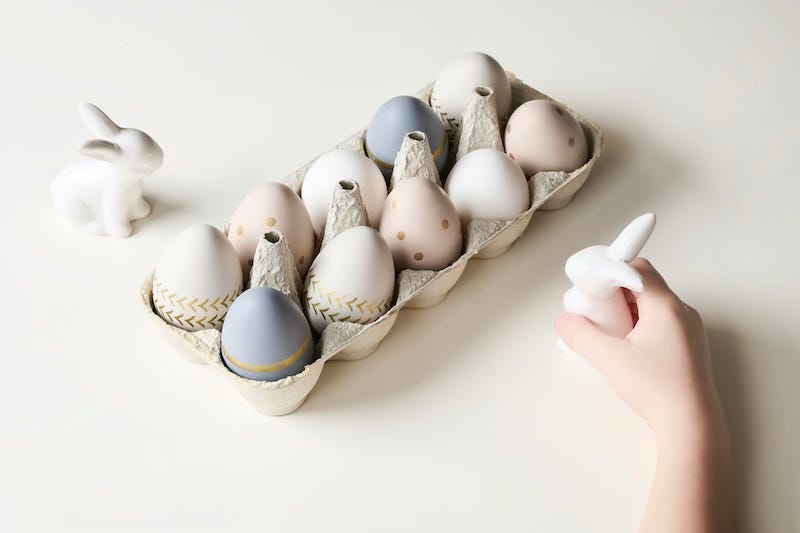
Ultimately, Pressfield does offer a backhanded acknowledgment of how Resistance can guide us.
“Resistance will always point to true North—meaning that calling or action it most wants us to avoid is likely the one we’re most meant to pursue.”
He goes on to say:
“Resistance will tell you not to write the novel. It will tell you not to go to the gym. It will tell you not to launch that business… Resistance will fight you the most at the point where you’re the most destined to evolve.”
He even refers to Resistance here as a “compass.”
How ironic that the thing you’re fighting against is the best guide to where you should be going.

The Volunteer returned from her consult with the event’s leader—whose coveralls actually had the name “Tag Sale Terry” embroidered on them.
For the rest of the afternoon, they’d simply tape up the drawer with a general note to customers not to open it.
And maybe that’s the lesson: Resistance isn’t always about escape.
It’s not always the enemy.
Sometimes it’s a gentle reminder to swim in our own lanes.
Or it serves to intensify the impact of our workout.
Better still, sometimes it’s a hearty tug of war, one where everyone wins.
Tell A New Story. Transform Your Life.

